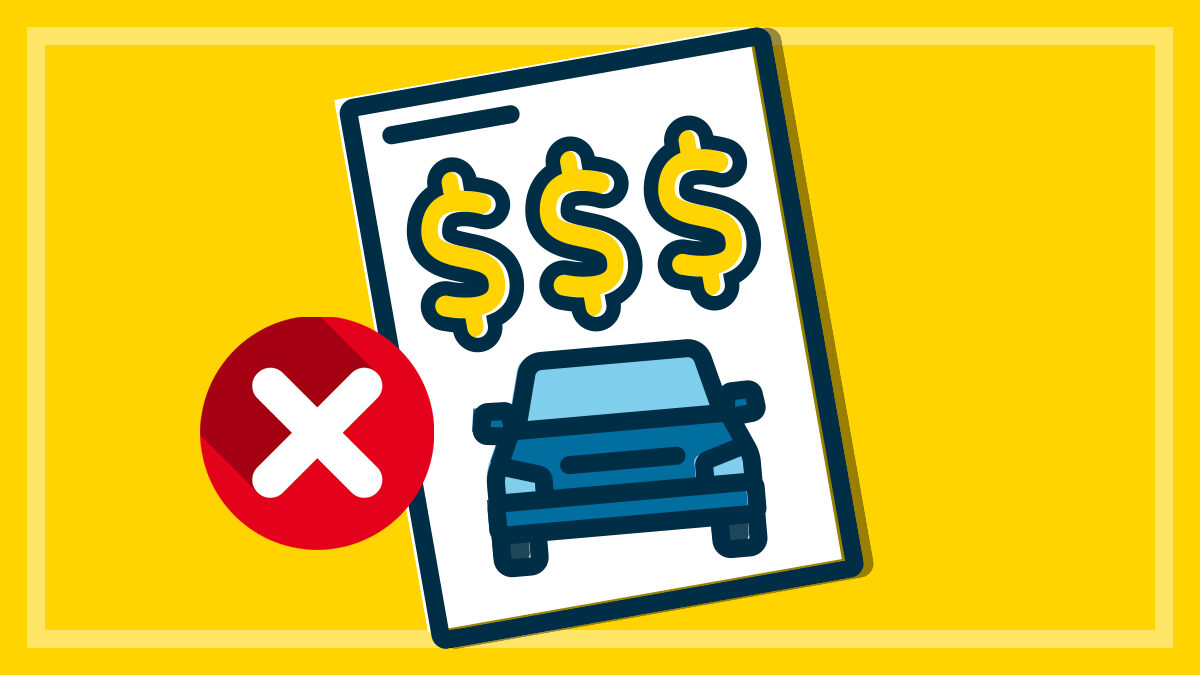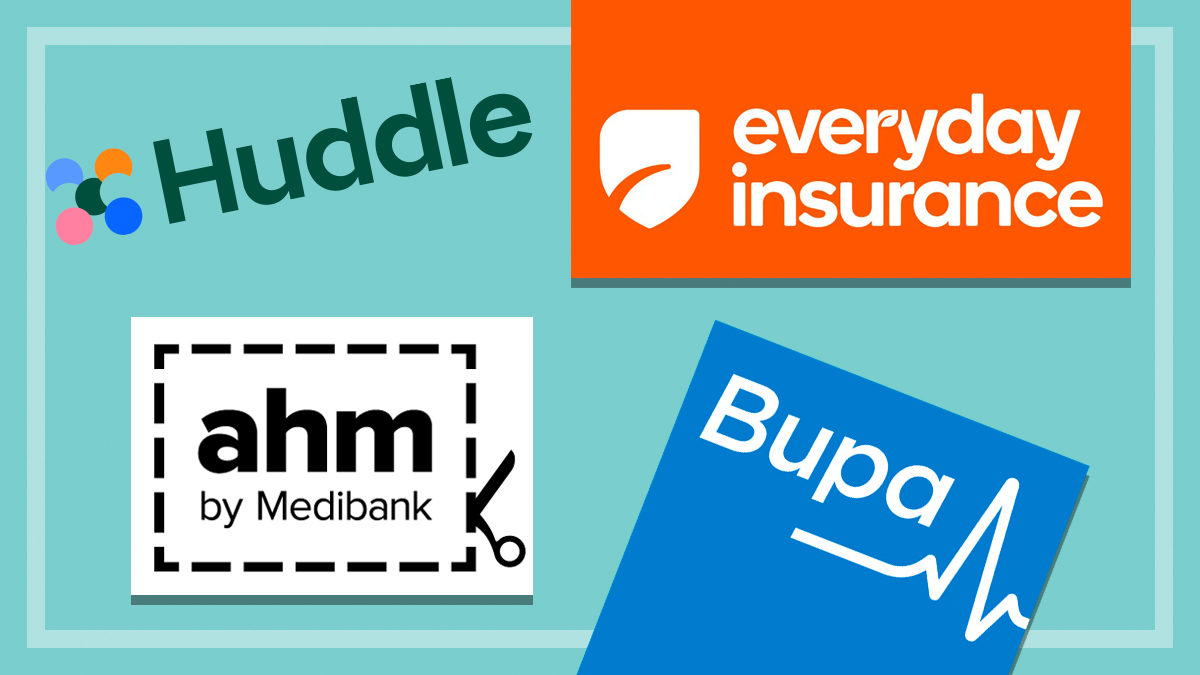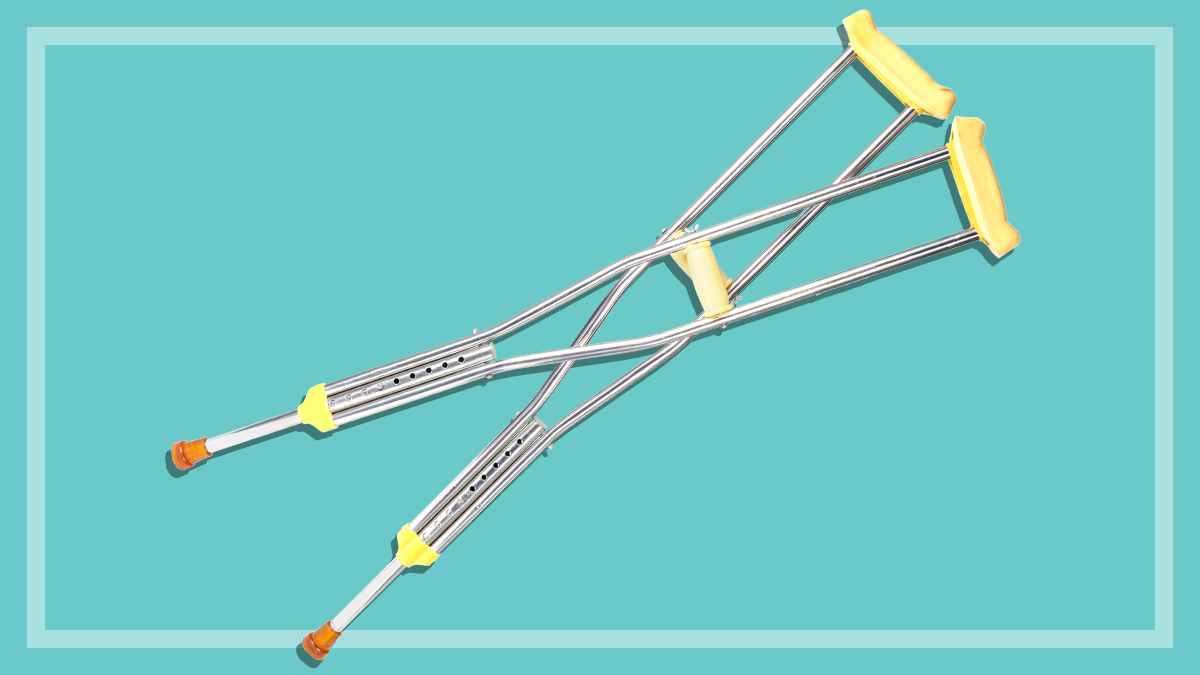Get our independent lab tests, expert reviews and honest advice.
How much will your anaesthesia cost?

Need to know
- Anaesthetists' services and costs are in addition to surgeons' fees
- Most anaesthesia services don't come with a gap, but about one in four patients will pay an average extra cost of $140
- It's all but impossible to 'shop around' for an anaesthetist, but it may be possible to use a cheaper one by delaying or moving your surgery
On this page:
- Will you have to pay for anaesthesia?
- How anaesthesia billing works
- How much will Medicare and your health insurance pay?
- Finding out your anaesthesia costs upfront
- What to ask your surgeon
If you think paying private health insurance premiums for years means a fee-free hospital experience, think again.
You could still be up for consultation fees, the surgeon’s gap, an excess, a hospital co-payment and more. Tallying up a hospital bill can be mind-bogglingly frustrating.
In all of this, it’s easy to forget about the doctor whose job it is to put you under and keep you stable during surgery: the anaesthetist.
You probably didn’t choose your anaesthetist, and you might not even meet them until the day of the operation – but there’s a good chance there’ll be a bill waiting from them when you wake up.
Will you have to pay for anaesthesia?
If you’re using the public hospital system, and not private health insurance, then the public system will pay for your anaesthesia costs, and you won’t be left out of pocket.
For people using private health insurance, in three out of four cases the health fund and Medicare pay the entire cost for anaesthesia. Usually this outcome will involve using the health fund’s ‘no gap’ and ‘known gap’ schemes.
‘No gap’ scheme
The insurer sets an upper limit for how much they’ll pay over the Medicare Benefits Schedule fee (this is the fee the government sets for procedures, but a doctor may charge more). This upper limit is called the ‘no gap’ threshold.
If your anaesthetist charges above the Medicare Benefits Schedule (MBS) fee, but under or up to the insurer’s ‘no gap’ threshold, you’ll be covered and have no out-of-pocket costs.
‘Known gap’ scheme
If the anaesthetist charges more than the ‘no gap’ threshold, you may be able to take advantage of your insurer’s ‘known gap’ scheme.
Usually, if the anaesthetist charges up to $500 more than the threshold, you pay only the difference between your health fund’s ‘no gap’ threshold and the doctor’s fee. The health fund and Medicare pay the rest. This usually limits your out-of-pocket costs to a maximum of $500.
But beware: if your bill is more than $500 above the ‘no gap’ threshold, your health fund will reduce the amount that they cover you for to the minimum that they’re required to pay by law, and you’ll have to pay the rest.
For example:
- The MBS fee for your treatment is $400 (Medicare pays 75% of this and your insurer must pay the other 25%).
- Your health fund’s ‘no gap’ threshold for this treatment is $700, and the known gap threshold is $1200.
- If your anaesthetist charges you up to $700 for the treatment, you won’t pay any out-of-pocket costs.
- If your anaesthetist charges between $700 and $1200, your health fund and Medicare will pay $700, and you’ll pay the remainder (up to $500).
- But if your anaesthetist charges above $1200, your health fund and Medicare will pay $400, and you’ll cover the rest. So if they charge $1300, you’ll pay $900.
Here’s a table to provide another view of how it works. This is the same example as above: a treatment or procedure with an MBS-set fee of $400, for which the health fund has a ‘no gap’ threshold of $700 and a ‘known-gap’ threshold of $1200.
| Doctor charges | Medicare + health fund pays* | Health fund also pays | You pay |
|---|---|---|---|
| $400 | $400 | N/A | $0 |
| $650 | $400 | $250 | $0 (A) |
| $800 | $400 | $300 | $100 (B) |
| $1300 | $400 | $0 | $900 (C) |
Note that for the one in four people who do pay out-of-pockets costs, the average amount they pay is $140.
Complex surgery more likely to result in a gap
Whether or not you’ll be paying out-of-pocket costs often depends on the type of surgery.
“Private patients undergoing less common, more complex procedures are quite likely to incur out-of-pocket costs,” says Dr Mark Colson, Senior Member of the Australian Society of Anaesthetists (ASA) Economics Advisory Committee.
This is because complex surgery may require complex anaesthesia and post-operative pain management, he explains.
“Complex and longer surgery is much more likely to have gaps than shorter procedures such as cataract surgery, and furthermore, are much more likely to exceed known private health insurance gap limits.”
Will you pay a gap? It might depend on where you live
Percent of cases where patients pay a gap
Australian Capital Territory: 48.75%.
New South Wales: 27.99%.
Northern Territory: 22.22%.
Queensland: 27.12%.
South Australia: 27.78%.
Tasmania: 8.41%.
Victoria: 30.49%.
Western Australia: 11.94%.
Your chance of paying gap fees could come down to where you live. In Western Australia, just over one in 10 anaesthesia services attract out-of-pocket costs. In the Australian Capital Territory, it’s close to half.
Average fees and out-of-pocket costs
Average fees without ‘no gap’ agreements
Note: This includes ‘known gap’ arrangements, where the fund and the patient share the cost of the gap, and instances where there is no arrangement, and the patient pays the entire gap.
Total fee in New South Wales: $292
Fee covered: $141
Gap fee: $151.
Total fee in Victoria: $258
Fee covered: $138
Gap fee: $120.
Total fee in Queensland: $301
Fee covered: $128
Gap fee: $173.
Total fee in Western Australia: $276
Fee covered: $137
Gap fee: $139.
Total fee in South Australia: $225
Fee covered: $138
Gap fee: $87.
Total fee in Tasmania: $375
Fee covered $181
Gap fee: $193.
Total fee in the Australian Capital Territory: $268
Fee covered $122
Gap fee: $146.
Total fee in the Northern Territory: $294
Fee covered $157
Gap fee: $137.
Total fee nationally: $278
Fee covered $137
Gap fee: $141.
Average fees with “no gap” agreements
Fee covered in New South Wales: $134.
Fee covered in Victoria: $126.
Fee covered in Queensland: $126.
Fee covered in Western Australia: $137.
Fee covered in South Australia: $122.
Fee covered in Tasmania: $125.
Fee covered in the Australian Capital Territory: $121.
Fee covered in the Northern Territory: $132.
Fee covered nationally: $130.
Source: The Australian Prudential Regulation Authority (APRA).
How anaesthesia billing works
Anaesthetists bill in ‘units’. The number of units they charge for a surgery depends on its complexity, including:
- the type of surgery
- the duration of the service
- whether any monitoring devices are used
- whether you have any additional interventions done to provide pain relief during or after surgery (e.g. spinal or epidural nerve blocks)
- the patient’s classification on a scale of illness severity
- the patient’s age if they’re under four years old or over 75
- after hours emergencies, which can attract a 50% penalty rate.
“A factor that may change your anaesthesia fee is whether, during your anaesthesia, there is a requirement to provide additional monitoring of your heart and blood pressure, for example,” says Dr Colson.
“Your anaesthetist may also be required to administer a blood transfusion, and/or give you other appropriate blood products depending on medical conditions, medications taken, and whether you’re having emergency surgery.”
| Description | Units | Unit price | Fee |
|---|---|---|---|
| Initiation of management of anaesthesia for lower intestinal endoscopic procedures | 4 | $36 | $144 |
| Time: 26 minutes | 2 | $36 | $72 |
| Total | 6 | $216 |
| Description | Units | Unit price | Fee |
|---|---|---|---|
| Anaesthesia for resection of perforated bowel | 6 | $36 | $216 |
| Time: 4 hours 40 minutes | 24 | $36 | $864 |
| Modifier: physical status | 1 | $36 | $36 |
| Central venous pressure monitoring | 3 | $36 | $108 |
| Total | 34 | $1224 |
| Description | Units | Unit price | Fee |
|---|---|---|---|
| Initiation of anaesthesia for open procedures on the heart | 20 | $36 | $720 |
| Time: 4 hours 40 minutes | 24 | $36 | $864 |
| Modifier: physical status | 2 | $36 | $72 |
| Insertion of arterial line | 4 | $36 | $144 |
| Insertion of central line | 3 | $36 | $108 |
| Insertion and monitoring of pulmonary artery catheter | 6 | $36 | $216 |
| Intraoperative transoesophageal echocardiography | 9 | $36 | $324 |
| Arterial line monitoring | 3 | $36 | $108 |
| Central venous pressure monitoring | 3 | $36 | $108 |
| Total | 74 | $2664 |
How much will Medicare and your health insurance pay?
An anaesthetist sets their fees by the unit, not by the whole service. Everything has to be priced according to its relative unit weight. The only exception to this is the pre-anaesthesia consultation for which Medicare sets different amounts depending on how long the consultation lasts and the complexity of the surgery.
Medicare, insurers, and the medical profession all use relative unit pricing when they talk about anaesthesia billing. And they all have widely different views on what a fair unit price should be.
The Medicare Benefits Schedule says a reasonable unit price for anaesthesia is $21.80. The MBS was frozen from 2012 to 2019 while the cost of providing health care increased. Therefore, the Australian Medical Association (AMA) pegs it a lot higher at up to $100 per unit.
Medicare, insurers, and the medical profession all have widely different views on what a fair unit price for anaesthesia billing should be
What a health fund’s ‘no gap’ scheme will pay varies from fund to fund, but it’s between $32 and $40, with most funds fully covering you for around $36 per unit.
If your health fund has a ‘known gap’ scheme this gives you a bit of leeway if your doctor charges above the ‘no gap’ threshold. Usually, if the doctor charges up to $500 in total more than the ‘no gap’ amount for the procedure, you pay only the difference between the ‘no gap’ amount and the doctor’s fee. The health fund and Medicare pay the rest. This usually limits your out-of-pocket costs to a maximum of $500.
But beware, if your doctor charges only $1 more, instead of Medicare and your health fund covering you for around $36 per unit, your benefit goes down to $21.80 per unit and you can be left with a large out-of-pocket fee.
For the large majority, of the one in four people who have out-of-pocket costs a ‘known gap’ agreement is in place. For only 3% of people, there is ‘no gap’ agreement used and consequently their average out-of-pocket cost is about $600.
Unit prices for anaesthesia
AMA: $100
HBF: $40.70
Access Gap Scheme: $38
Bupa: $37
Medibank: $36
HCF: $37.05
NIB: $35.95
Medicare: $21.80.
Notes
NIB has additional requirements for ‘known gap’ and will only allow it under certain billing scenarios.
The HBF figure listed is for Western Australia members. In eastern states it follows the Access Gap Scheme schedule.
Bupa and the Access Gap Scheme use state-based schedules with slight variations. Maximum benefits are listed here.
The benefit listed for Bupa and HCF is for ‘no gap’. The benefit is lower if the provider charges under the ‘known gap’ scheme.
Correct as of 18 March 2024.
Finding out your anaesthesia costs upfront
It’s easy to assume an anaesthetist comes as part of your overall surgeon’s service. In reality, each specialty runs two distinct businesses, and will bill you separately for their work.
As a private patient, you have your choice of surgeon. But when it comes to other doctors present at your operation, your options are more limited. A surgeon may work with several anaesthetists – one on this day, another at this hospital, a third on this type of operation. Likewise, an anaesthetist will spread their work among different surgeons.
As with any service, this rate can vary significantly – one anaesthetist may charge $45 per unit, while another charges $65
Dr Mark Colson, Senior Member of the Australian Society of Anaesthetists Economics Advisory Committee
And the cost may vary. “Your anaesthetist will generally charge a fixed dollar rate for each unit,” says Dr Colson. “As with any other service, this rate can vary significantly between individual anaesthetists. For instance, one anaesthetist may charge $45 per unit, while another charges $65.”
The surgeon usually chooses an anaesthetist based on availability and expertise, not price. The complicated game of musical operating theatres means that it’s all but impossible for a patient to ‘shop around’ for an anaesthetist. But, in some instances, it may be possible to use a cheaper anaesthetist by delaying or moving your surgery.
Informed financial consent (IFC)
This is the principle that a patient is entitled to be given an estimate of their out-of-pocket costs before going into surgery. Australian Society of Anaesthetists (ASA) guidelines say the day of surgery is a “less than ideal” time to be discussing costs, but it does happen.
CHOICE member Helen says she ended up with more than $750 in gap fees for anaesthesia alone. “I did not meet the anaesthetist until I was in the operating room with the tranquilliser already having been administered, at which point it was too late as my mind was fuzzy, and I was past the point of no return anyway,” she says. “What was I going to do? Climb off the table?”
Some anaesthetists are proactive about providing informed financial consent information. An anaesthetist CHOICE spoke to has his patients fill out a medical history questionnaire, if the surgeon’s office agrees to pass it on. He might also have a phone consultation with them where he talks them through the details of their anaesthesia and the probable costs. This information is then confirmed in a follow-up letter.
My mind was fuzzy and I was past the point of no return. What was I going to do? Climb off the table?
CHOICE member Helen
According to the ASA, best practice is for anaesthetists to speak to their patients ahead of the surgery, if the timeframe permits. But the onus is on the surgeon to give enough information to patients so that they understand who will be involved in the surgery and what costs may arise.
Next to anaesthetists, an assistant surgeon, pathologists and radiologists can attract extra costs.
Ultimately, however, it’s up to the patient to be aware of the potential costs of surgery. Doctors sometimes take their patients’ capacity to pay into account when setting prices, so if you’ll struggle to pay a fee let them know – you may be able to negotiate a discount.
“Should you be experiencing financial distress, the best person to discuss this with is your surgeon, who may be able to assist you in finding a lower-cost solution for your surgical condition. For instance, it may be possible to expedite your surgery in the public system, particularly if your condition involves some degree of urgency, such as cancer surgery,” suggests Dr Colson.
What to ask your surgeon
- What out-of-pocket costs can I expect for this anaesthetist?
- Did you choose this anaesthetist because of their experience or their availability?
- Do you work with any other anaesthetists who would charge a lower fee?
- Is it possible to use a cheaper anaesthetist by moving the date or location of the surgery?
What to ask your anaesthetist
- What is your unit price, and what factors determine it?
- Are you willing to bill using my private health insurance fund’s gap scheme?
- What out-of-pocket costs can I expect?
- Are you able to charge a lower unit price so I don’t pay a gap?
- Are we able to draw up a repayment plan so I can pay in instalments?
Remember:
- Most doctors have formal agreements with funds around gap fees. If yours doesn’t, that doesn’t mean you’ll automatically pay a gap. They just need to charge below your fund’s gap threshold. Any quote given before surgery is at best an estimate, since complications during the operation can increase the number of anaesthesia units.
- If you’re asked to pay the full fee upfront, get confirmation on whether this is the final price or if there could be additional charges.





